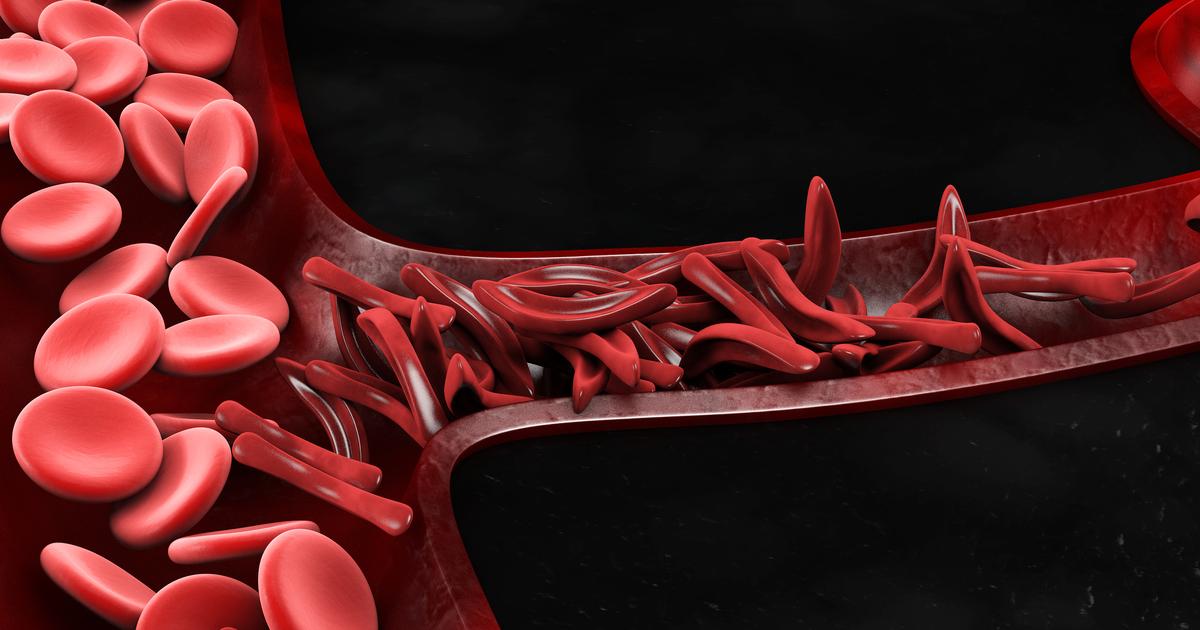A Comprehensive Guide To Sickle Cell Anemia
Symptoms To Be Aware Of

All of the significant symptoms patients with sickle cell anemia experience are a direct result of the abnormally shaped, sickled red blood cells that block blood flow from circulating throughout the tissues of the body. Due to impaired circulation, these tissues suffer great damage from a lack of oxygen and patients who suffer from extensive tissue and organ damage can experience severe disability and a lower quality of life. As a result of this impairment, patients endure episodes of pain known as ‘crises’ that vary in frequency and severity, depending on the degree of the organ involved.
The predominant symptoms include fatigue and anemia, pain crises, swelling and inflammation of the hands and feet known as dactylitis, arthritis, bacterial infections, splenic sequestration, liver congestion, lung and heart injury, and leg ulcers. Other symptoms include aseptic necrosis and bone infarcts, eye damage, and additional features, such as the weakening of the bones due to osteoporosis, kidney damage and infection, and nervous system damage. It should be noted symptoms can occur at any age, however, specific symptoms can appear for specific age groups.
Keep reading to discover the causes of sickle cell anemia and how not just genetics, but specific organs, can play an important role.
What Are The Causes?

Considering we know what sickle cell trait is and how it occurs, how does it develop into sickle cell anemia? To begin, the sickling of the red blood cells are a result of the cells becoming abnormal shapes (such as resembling crescents) and diminished flexibility often promoted by conditions associated with low oxygen levels, increased acidity, or lower blood volumes within the body. These conditions for the sickling of the cells to occur can be the result of an injury to the body’s tissues, dehydration, or anesthesia. Specific organs predisposed to lower oxygen levels or acidity are the liver, kidneys, and spleen, as well as organs with high metabolism rates, such as the brain, muscles, and in the placenta of a female who is pregnant and has the condition. In addition to inheriting the sickle trait, these conditions promote the sickling of the cells as these factors extract more oxygen from the blood, making these vital organs susceptible to injury from sickle cell anemia.
As mentioned earlier, specifically with sickle cell anemia, the red blood cells form a rigid crescent shape that results in damage to red blood cells and often leads to blood clots and organ damage. The main cause of sickle cell anemia is inherited abnormal hemoglobin, which is the protein that carries oxygen from the lungs to the body’s tissues and returns carbon dioxide from the tissues back to the lungs. This abnormal hemoglobin protein is what causes distorted or sickled red blood cells.
Learn about the groups most at-risk of developing sickle cell anemia now.
